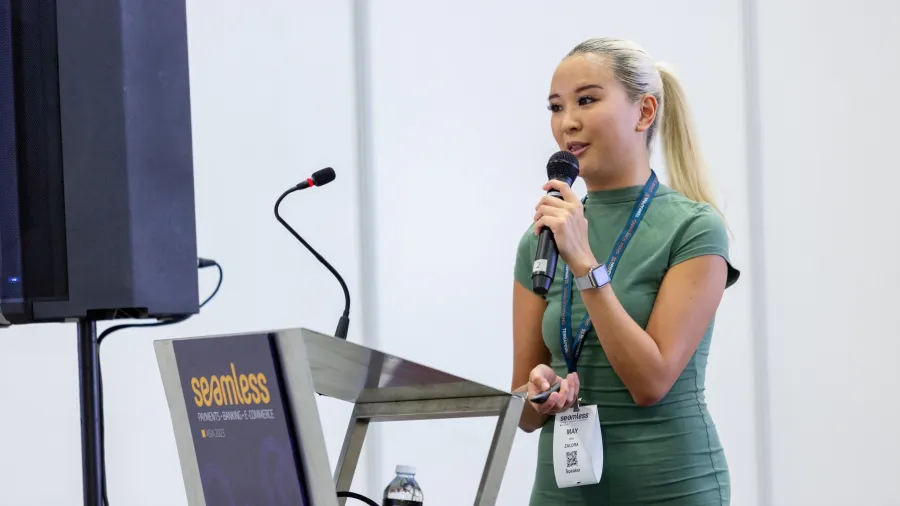
How personalisation boosted Zalora’s consumer engagement
Experimenting with personalisation products can increase ROI, according to Zalora’s in-house expert
Online fashion and lifestyle marketplace Zalora has integrated a strategy to personalise the customer experience. Its decision to switch to a third party from an internally-built personalisation product has already generated positive results.
But what has made its personalisation journey more effective was its conduct of tests and experiments that enabled the company to maximise the return on investment, according to May Chin, head of Product Growth, Experimentation & Analytics at Zalora Group.
“The reality is that third-party personalisation vendors are extremely expensive,” said Chin when she addressed the Seamless Asia 2023 event from 27 to 28 June at the Marina Bay Sands Expo and Convention Centre.
“Even though there was some level of [return on investment], it was still not to the level of magnitude required to justify the initial investment from a cost point of view,” she added.
Personalisation challenges
As Zalora launched its personalisation strategies, Chin said one of the problems they encountered was the low discovery rates of their personalised placements.
And this is because customers are not in the habit of scrolling far enough to see the personalised recommendations.
Zalora looked into the gaps between the key actions taken by the users to ensure that upon viewing the personalised recommendations, they could click the product, add it to their carts, and then translate it into a check-out.
The average selling price of each recommended product is also an important factor in this strategy, Chin said.
“If you are to calculate the product of each of these key user actions here, you will ultimately end up with your optimal personalisation ROI,” she said.
Experimenting with personalisation
To address the unvalidated user interface/user experience (UI/UX) personalised suggestions to a potential client, Chin said Zalora experimented on the personalised recommended products on the user’s cart page.
In the original version they launched, they used a horizontally scrollable module to display their product recommendations, which is generally the practice of other companies.
But in a variant model, they tried a vertical scroll module within a three-column grid format which increased the number of personalised products that can be viewed at a time.
Chin said this resulted in a 2% growth in engagement rates, with the purchase conversion rate also increasing by 1.7%. As a result, the average order value rose by 31% and the overall revenue uplift reached a six-figure range.
In another experiment, Zalora was able to increase a revenue uplift in a five-figure range in a month. Chin said in the original version, the price point of the personalised recommended products covers a much wider range whilst in the variant version, they limited the products to not more than $50.
In the subcategory filter on the top of the app page, Zalora allows users to view what they are only interested in, and not just a random mixture and combination of products, she said.
“We felt that the concept of this testing is actually inspired by what brick-and-mortar retail shops do,” Chin said, citing Sephora where customers could find cheaper, smaller ticket-size products at the cashier counter.
“We were inspired by that brick-and-mortar format of cross-selling and this was our way of translating that into a digital interpretation,” she said.
True enough, the variant version led to a 15% increase in click-through rates in the modules and the average number of items per order also rose by around 20%, showing that users are buying smaller-sized products.
Raising awareness
Another experiment Zalora launched was targeted at increasing user awareness and impressions of their personalised modules.
As observed when the rows of personalised products were initially placed at the bottom of a product page, the majority of the users were not scrolling further down enough to view them.
The remedial action taken by Zalora was to automatically and immediately scroll down the page to the personalised module once a user adds a product to the cart, forcing them to view their offered products.
“The key assumption we were making here is that if we have a given user who has already added a product that they were viewing to get into the cart, logically speaking, they will probably be more likely interested in other auxiliary recommended products,” Chin said.
So, despite some pushback from the UI/UX team, Chin said the experiment resulted in a 200% increase in the impression rates of the modules on the product pages, with the click-through rate remaining stable.
This also led to revenue growth in the five-figure range on a 30-day basis.
When it comes to personalisation, Chin said that access to tools such as artificial intelligence and machine learning models “can only get you so far.” UI/UX is a part of the equation that should not be taken for granted.
It is also important that the personalisation presentations and strategies are aligned with the context of the user, depending on the specific step of the buying process they are in.
“Personalisation ROI is not a given. We shouldn’t just assume that the model and algorithms will be able to optimise their way to success purely by itself,” Chin said.
“We still need to invest in an active effort to grow its value-added through thoughtful experimentation, research and making sure we are constantly putting our users and their preferences at the forefront,” she said.



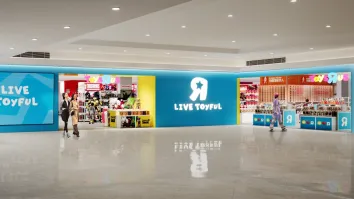
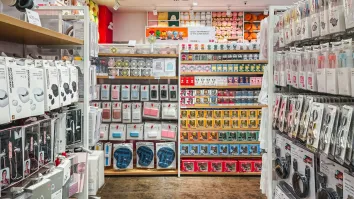





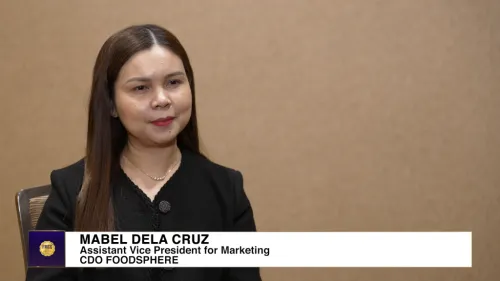
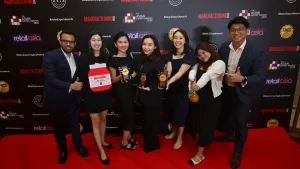
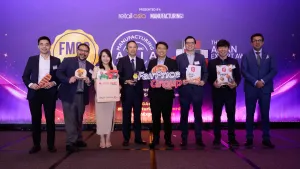


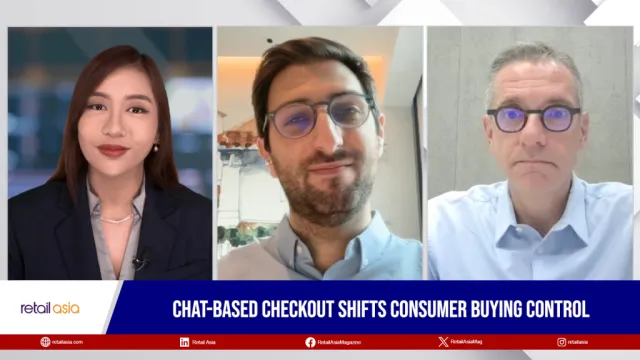
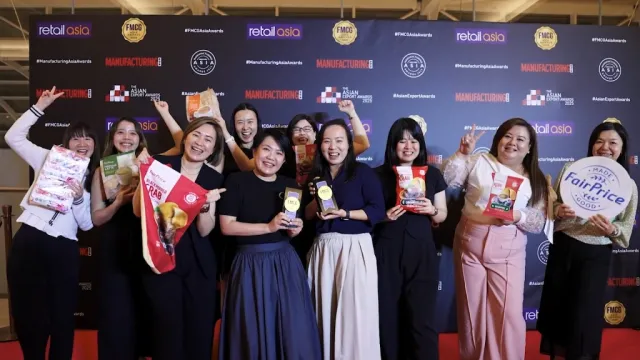


 Advertise
Advertise








